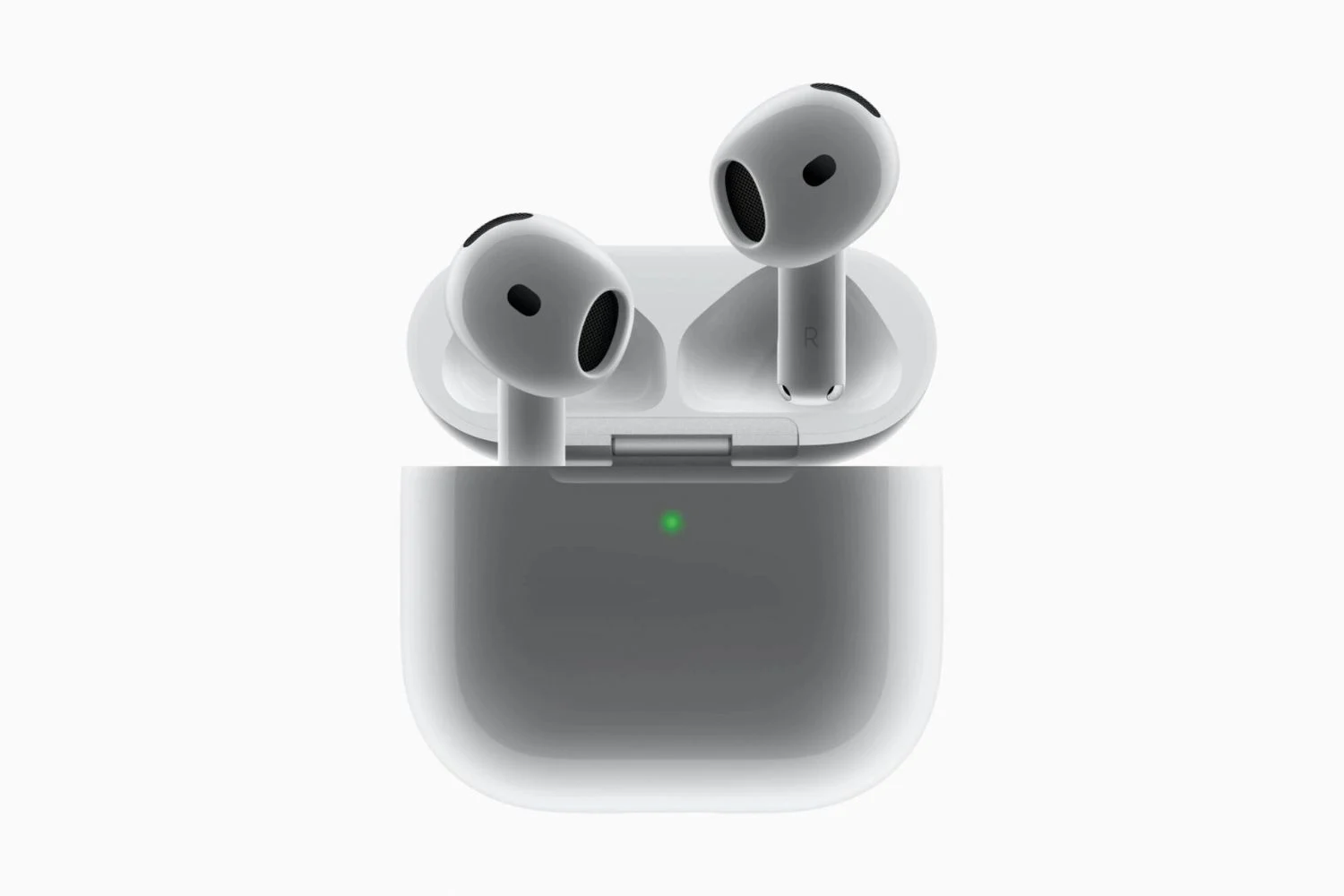The Apple Watch already includes an accelerometer and a gyroscope, allowing you to locate your position bythree dimensions. These sensors are, for example, essential to activateSiri, which is triggered when the user raises their wrist to face height. THEiPhoneare also equipped with them, in particular to control parts of car games transforming the device into a steering wheel.
Until now, however, it is complicated to detect more combinations of the human body with thewatch. Installed on the forearm, it is nevertheless located at the forefront of our daily actions and could thus guess more positions depending on particular situations.
A technology already seen in medicine
Apple has just filed a patent describing a Watch capable ofdetect myoelectric signals. These are generated by our muscles when our brain makes a request to them linked to a particular action, for example to allow us to squeeze our fingers to grasp an object. They are found in certain smart prostheses.

© USPTO / Apple
If Apple's accessory were capable of measuring this type of data, the possibilities available to it would be significant. We can then imagine receiving anotificationfor not having drunk enough during the day, or to be warned if you spend too much time on your keyboard, risking potential carpal tunnel syndrome.

© USPTO / Apple

i-nfo.fr - Official iPhon.fr app
By : Keleops AG





